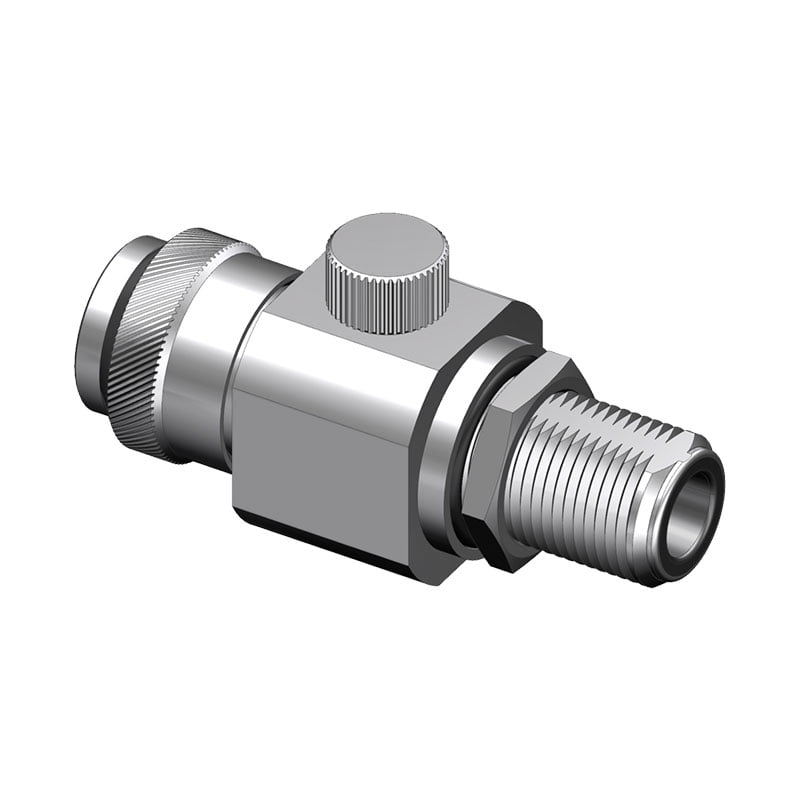
| Order number | KM-HX-090 N50 F/M |
|---|---|
| Maximum operating voltage | Uc |
| Nominal load current | IL |
| C2 Nominal discharge current (8/20μs) core-PE | In |
| D1 Impulse discharge current (10/350μs) core-PE | Iimp |
| C3 Voltage protection level mode core-PE at 1kV/μs | Up |
| Response time core-PE | ta |
| Power | P |
| Wave impedance | Z |
| Bandwidth (min - max) | f |
| Insertion attenuation | |
| SWR | SWR |
| Connection (input - output) | |
| Degree of protection | |
| Range of operating temperatures (min - max) | |
| According to standard | |
| ETIM Class | |
| Weight |
Lightning current arrester for the protection of coaxial lines and telecommunication equipment against the impact of direct or indirect lightning strikes.Suitable for combined and power supply installations.
Benefits: Simple installation. Universal plastic adapter for mounting on DIN rail and GND 2 holderStandards: EN 61643-11 (Surge Protection Devices)Application: Install at the boundary of LPZ0 and LPZ1 zones at the line entry into the building.
Where low voltage, data and telecom lines enter and exit the building, they must also be included in the Lightning Protection System. These include:
Field based electronic equipment also needs to be protected.By their nature, low voltage, data and telecom lines are not as robust as mains power cables and as such do not carry the same magnitude of lightning current. However, the size of that voltage/current is large in comparison to the system operating voltage and, as such, these lightning induced transients can still cause irreparable and expensive damage.Since transients can be induced from the large electro-magnetic field created during a lightning strike, care needs to be taken over the routeing of such cables.
When selecting a data, telephone or low voltage protector, extra care must be taken to ensure that clamping performance of the SPD does not impede the data/signal transmission voltage.